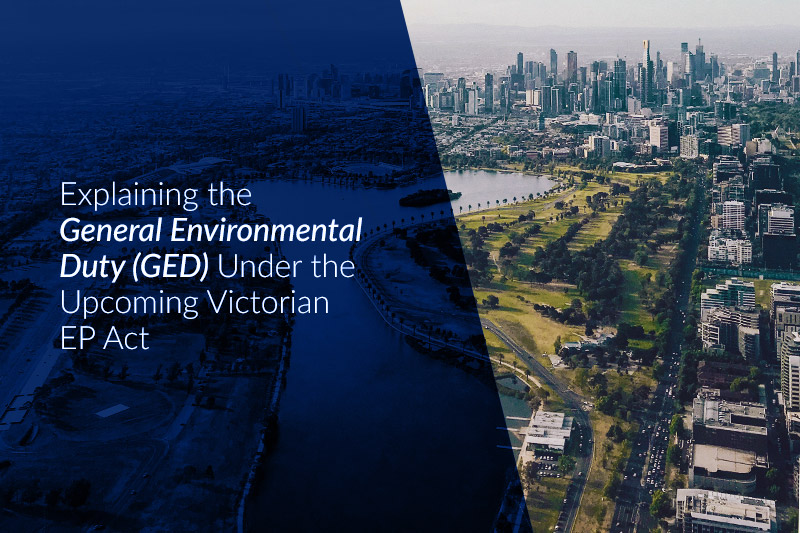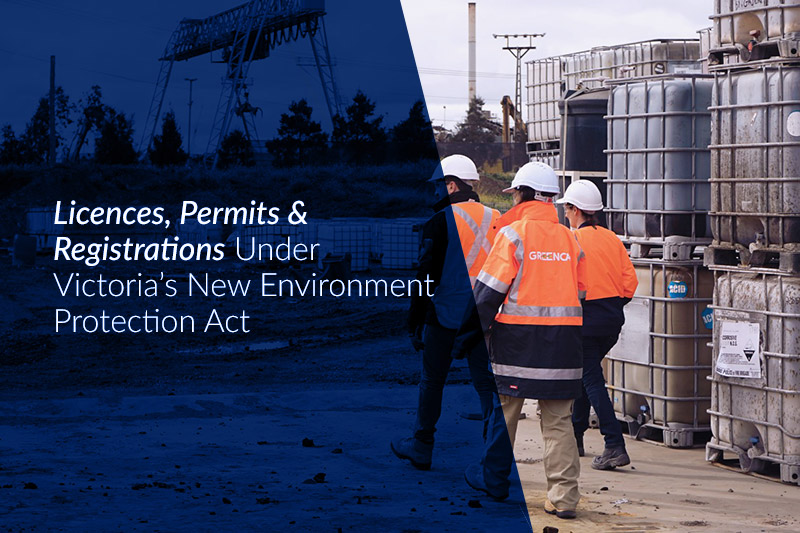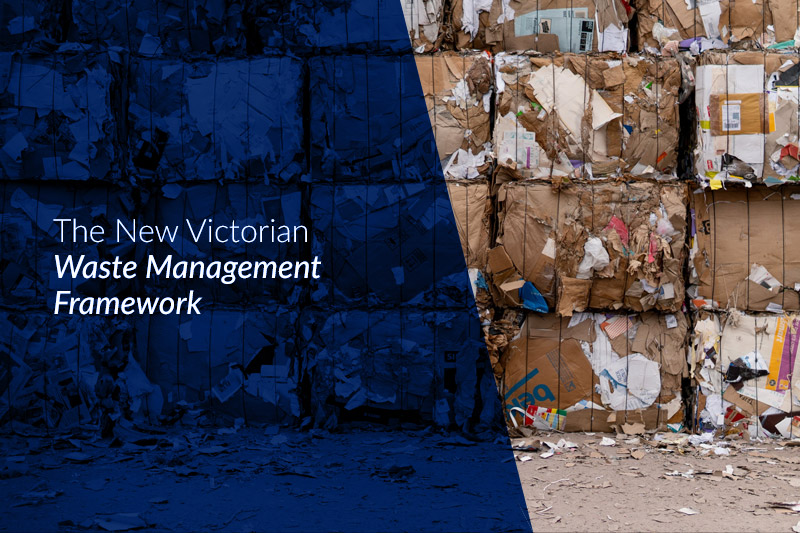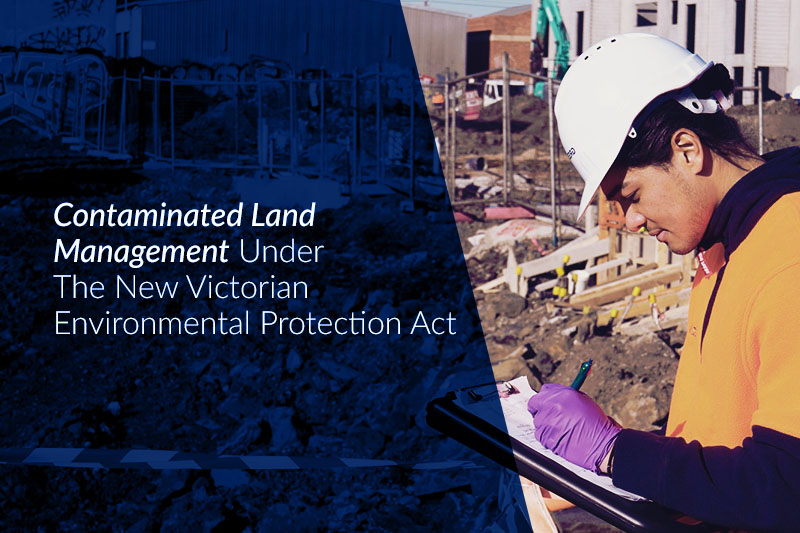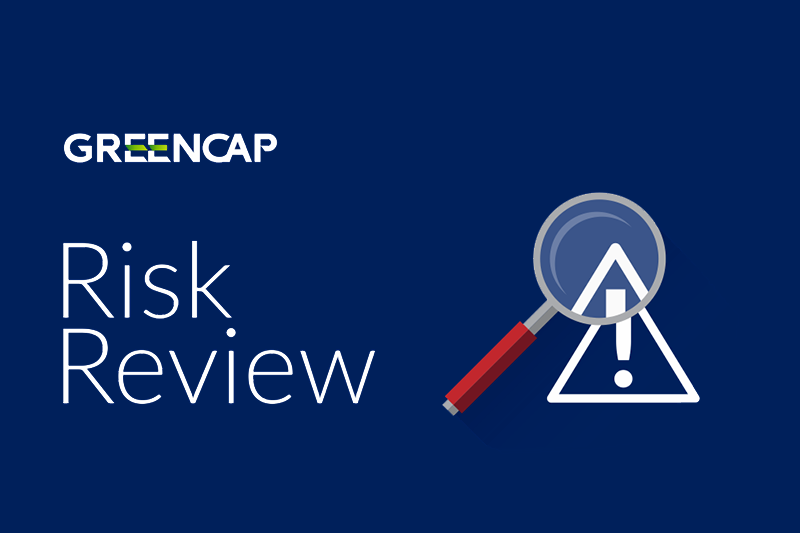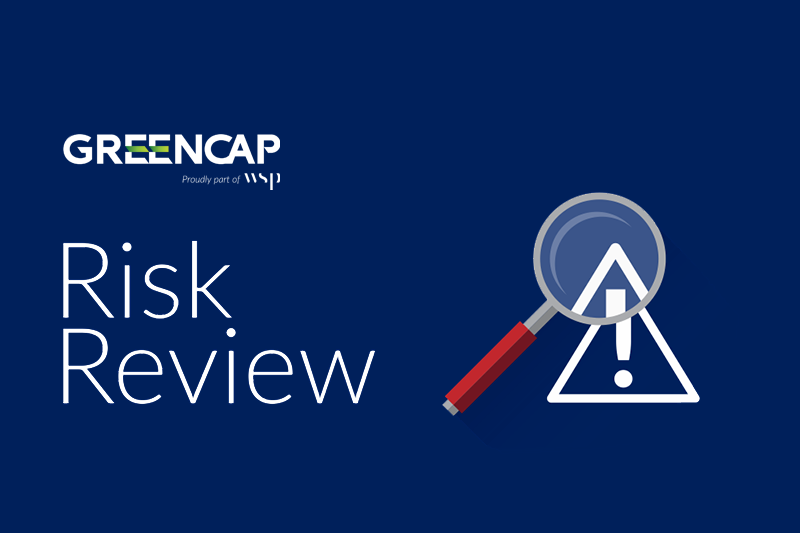News & Insights
Explaining the General Environmental Duty (GED) Under the Upcoming Victorian Legislation
Underpinning the new Victorian Environment Protection Act (EP Act) that is set to commence 1 July 2021 is the introduction of the General Environmental Duty (GED).
To meet this new duty, organisations will need to be proactive in identifying and implementing practicable risk management measures to reduce the impacts of pollution and waste. In doing so, the EPA is now empowered to work with businesses to prevent harm, rather than being solely reliant upon remedial measures after environmental damage has occurred.
What is the General Environmental Duty (GED)?
The GED is a new duty that puts an increased responsibility on an organisation to be proactive in the assessment and minimisation of their environmental impact. It will represent the primary way to manage risk of harm to human health and the environment.
The GED will require businesses and individuals conducting activities that may pose a risk to human health and the environment to understand those risks and demonstrate how they have eliminated or minimised them so far as reasonably practicable. It is modelled on the Occupational Health and Safety Act 2004 requirements to provide and maintain a safe workplace by identifying, eliminating or controlling risks as far as reasonably practicable.
The GED purposely sits above new subordinate environment duties within the EP Act. With respect to EPA’s enforcement ability under the EP Act, the GED is intended to be the overarching position for the EPA to reference where subordinate duties, regulation and guidance may not cover specific circumstances.
What is ‘Reasonably Practicable’ under the GED?
Under the GED, demonstrated performance by an individual or an organisation to discharge their duty will be considered satisfactory based on the steps taken to minimise the risks of harm so far as reasonably practicable. Under section 6(2) of the EP Act, consideration of what is reasonably practicable gives regard to:
- How likely it is for the risk to eventuate
- The harm that would result from the risk eventuating
- The costs involved in eliminating or reducing the risks
- The availability and suitability of ways to eliminate or reduce those risks
- Knowledge about the risks, potential harm and means to mitigate the risks that the person concerned has, or ought reasonable to have
Businesses with a higher risk of causing environmental harm such as those involved with the design, manufacture, installation or supply of a substance, plant or equipment, can expect additional requirements that may including registrations, permits and licences for prescribed activities. Higher risk activities can pollute soil, groundwater, surface water and air if they’re incorrectly undertaken. These activities include but are not limited to handling and storing liquids, disposing of chemicals, receiving, storing and treating waste and discharging industrial wastes. Higher risk activities can also produce harmful odour and noise such as heating waste polystyrene, stack emissions and construction work.
What are the penalties under the GED?
If the duty is found to be breached, civil and/or criminal penalties of up to $1.6 million could be issued. In cases of either intentional or reckless breaches of the GED, a maximum penalty of up to five years’ imprisonment or fines up to $3.2 million could be imposed.
What are some first steps you can take to prepare for the GED?
There are a number of guidance documents available on EPA Victoria’s website that can provide general guidance to individuals and organisation on discharging their duty under the GED. EPA also intends to update and issue new guidance to support the EP Act. Professional advice to assess responsibilities for specific circumstances could be beneficial for individuals and organisations proactively seeking to discharge their duties under the EP Act.
Some beneficial first steps to take are to:
- Identify environmental hazards in the workplace
- Asses the risk each identified hazard poses
- Develop actions to eliminate the risks or control the risk so far as reasonably practicable
- Document the hazard identification, risk assessment and controls via ran environmental management plan (EMP)
- Ensure your workforce is properly trained and able to follow your EMP to minimise risk of harm to human health and the environment



Industry News
Risk Review
News
Mid-Coast Outreach & Greencap - Helping to keep communities safe and supported
Risk Review
The Asbestos Register – A cornerstone for managing asbestos
Greencap acknowledges the Traditional Owners of Country throughout Australia and recognises their continuing connection to land, waters and culture. We pay our respects to their Elders past, present and emerging.

